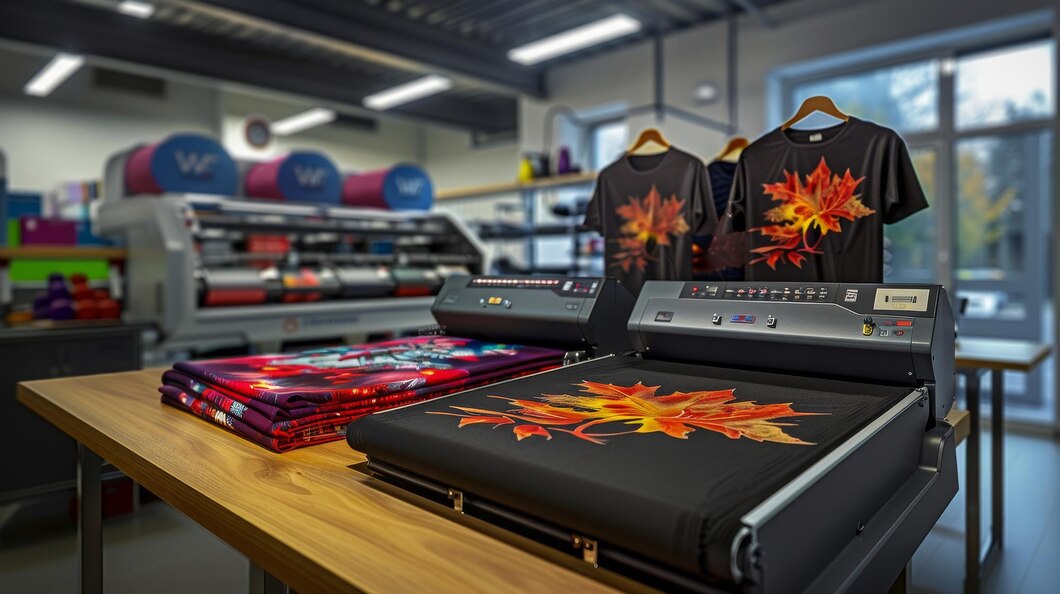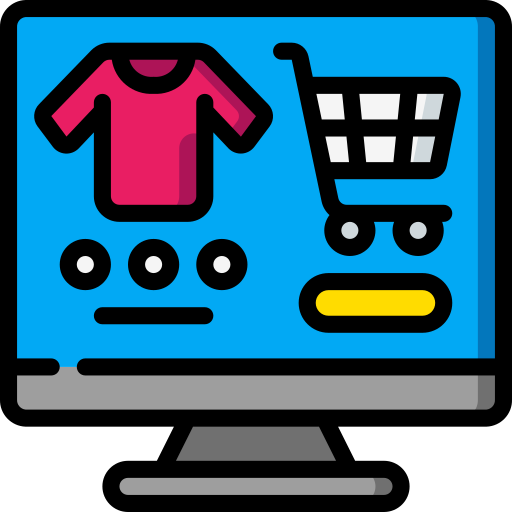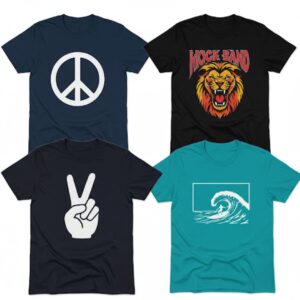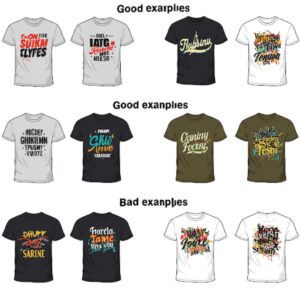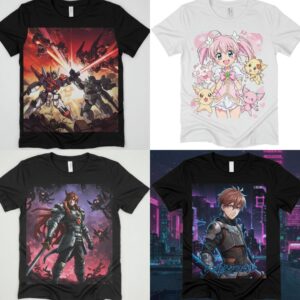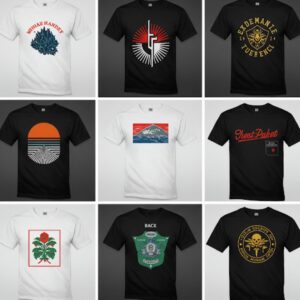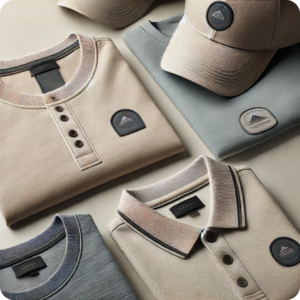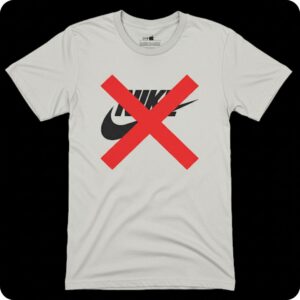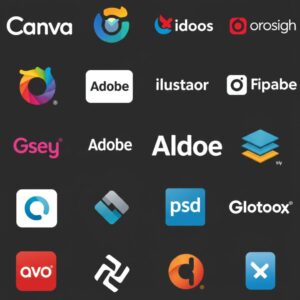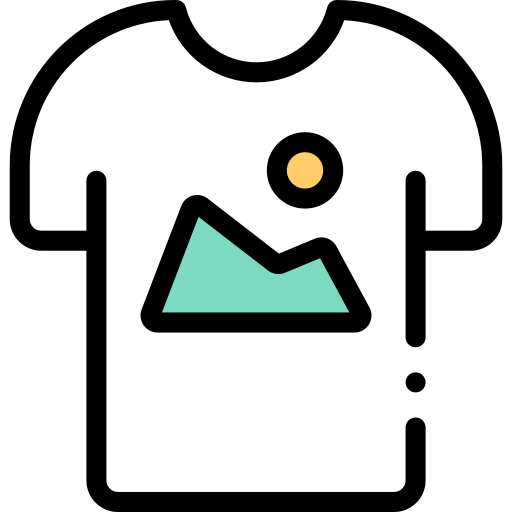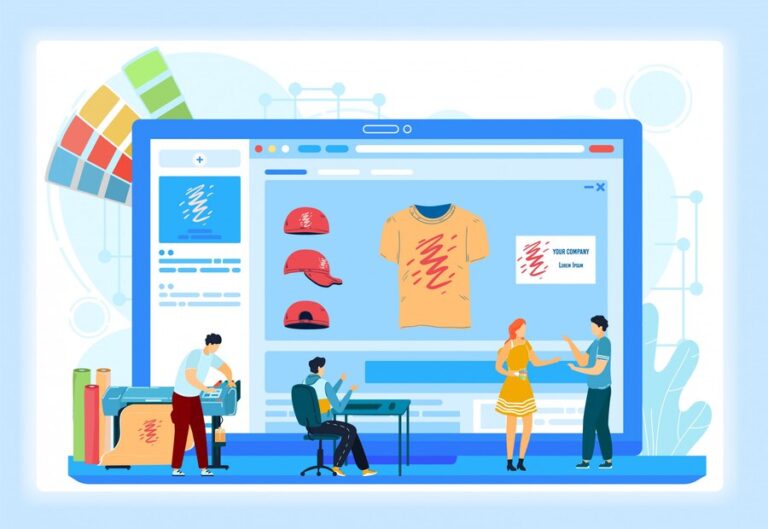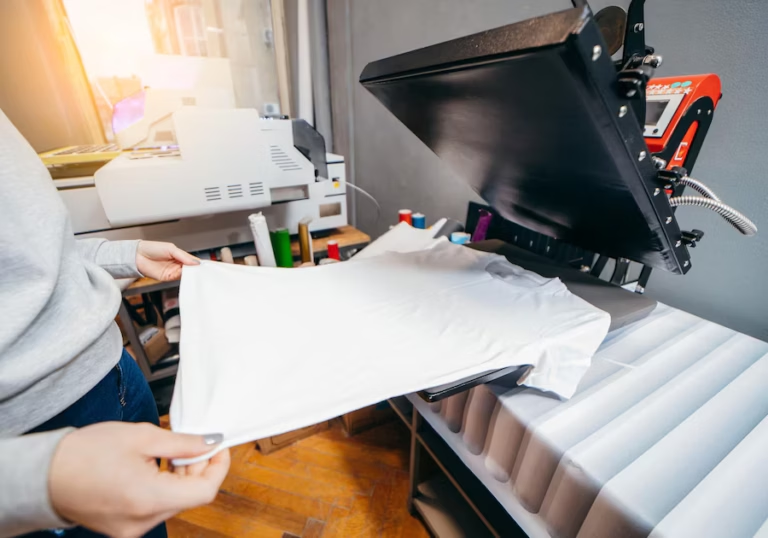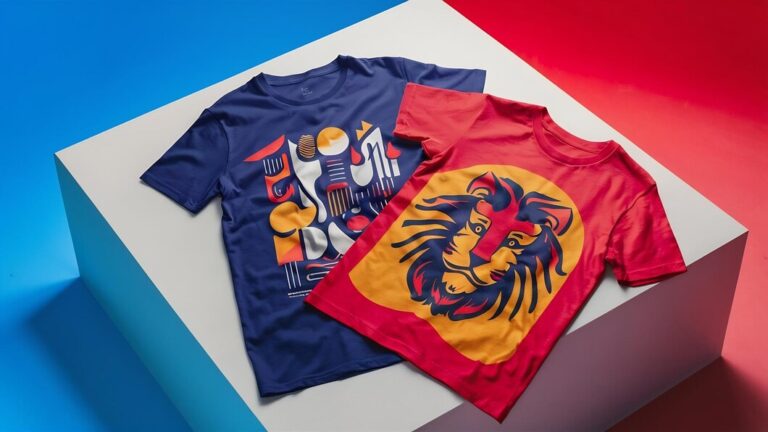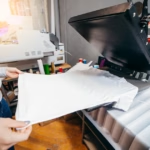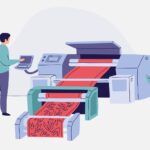The t-shirt. It's more than just clothing; it's a statement. And with the rise of e-commerce, creating and selling these wearable expressions has never been easier, thanks to print-on-demand (POD). Imagine designing your own unique t-shirts, launching an online store, and selling without ever holding inventory. That's the power of print on demand t-shirts.
Print-on-demand eliminates the traditional headaches of bulk orders and storage. You partner with a supplier who prints your designs onto t-shirts only when a customer buys one. This means minimal upfront investment and drastically reduced risk, making it an ideal business model for entrepreneurs, artists, and anyone with a creative spark.
This guide is your complete resource for navigating the world of print-on-demand t-shirts. We'll cover everything from POD basics and choosing the right provider to designing compelling t-shirts, setting up your online store, and marketing your brand for success. Ready to turn your t-shirt vision into reality? Let's dive in!
What are Print on Demand T-Shirts?


How Does Print on Demand T-Shirt Printing Work?
- Design Creation: It all starts with your design. Whether you're a seasoned graphic designer or just have a great idea, you'll need to create the artwork for your t-shirt. This can be done using graphic design software, or you can even hire a freelance designer to bring your vision to life.
3. Mockup Generation: Once you have your design and product selected, you'll upload your artwork to your POD provider's platform. The platform will then generate mockups, which are realistic images of your finished t-shirt. These mockups are what customers will see when browsing your online store.
4. Store Integration (or Marketplace Listing): This is where you connect your POD service to your sales channel. If you have your own online store (e.g., Shopify, WooCommerce), you'll integrate the POD platform so orders are automatically sent to your provider. Alternatively, you can list your t-shirts directly on marketplaces like Etsy.
5. Order Fulfillment: When a customer buys a t-shirt, the order details are automatically sent to your POD provider. They then print your design onto the chosen t-shirt, carefully package it, and ship it directly to the customer. You don't have to lift a finger!
6. Profit Sharing: You earn a profit on each sale. This is typically the difference between the price you set for your t-shirt and the cost of production and fulfillment charged by the POD provider.
Benefits of Print on Demand T-shirts and Disadvantages


| Benefits of Print on Demand | Disadvantages |
|---|---|
| Low Startup Costs & Scalability: Start with minimal capital and easily scale your business as demand grows. POD handles production and fulfillment. | Lower Profit Margins: Per-unit costs are higher than bulk printing, impacting profit margins, especially for larger orders. |
| No Inventory Risk & Automated Fulfillment: Eliminate inventory hassles and let POD providers handle printing, packaging, and shipping, freeing your time. | Dependence on POD Provider & Less Control Over Quality: Your business relies on the provider's reliability. Print quality and consistency can vary, impacting your brand image. |
| Creative Freedom & Product Variety: Design whatever you want, offer a wide range of products, and test new ideas quickly without financial risk. | Longer Fulfillment Times: Orders take longer than in-house production. Customization for packaging and shipping is often limited. |
| Location Independence & Flexibility: Run your business from anywhere with an internet connection and quickly adapt to market trends. | |
| Easy Entry into E-commerce & Focus on Core Business: POD lowers the barrier to entry into online retail, allowing you to focus on design, marketing, and customer acquisition. | |
| Reduced Financial Risk & Ability to Test Niches: Minimize financial exposure due to no inventory investment. Easily test different niches and target audiences. | |
| Automated Order Processing & Streamlined Operations: POD automates order processing and streamlines operations, saving you time and effort on logistics. |


Start selling custom products online with Printfuse.
Create a snapstore and sell products instantly!
Choosing the Right Print on Demand Provider
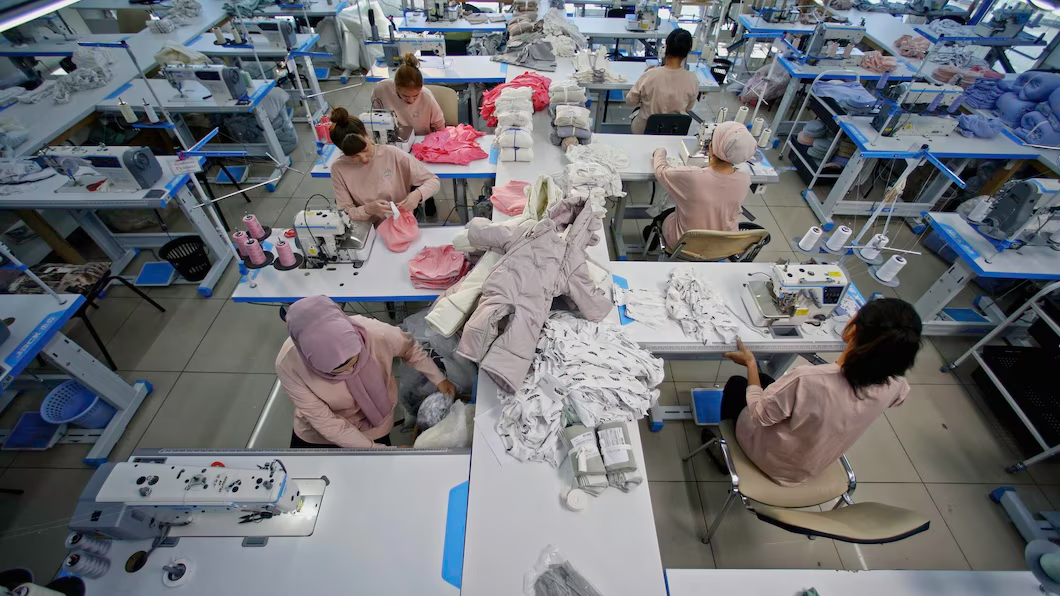

1. Product Quality
The foundation of your t-shirt business is the quality of the products you sell. Look for a provider that offers high-quality t-shirts from reputable brands. Consider factors like fabric composition, weight, and overall construction. The print quality is equally important. Ensure the provider uses advanced printing technology (like DTF or sublimation) to produce vibrant, long-lasting prints that won't crack or fade.
⚡Tip: If you're looking for top-notch quality and a wide selection of premium t-shirts, check out Printfuse. They offer a curated collection of high-quality garments and use cutting-edge printing techniques to ensure your designs look their best.
2. Pricing and Fees


Start selling custom products online with Printfuse.
Create a snapstore and sell products instantly!
3. Shipping and Fulfillment
Fast and reliable shipping is crucial for customer satisfaction. Consider the provider's shipping times, shipping costs, and whether they offer international shipping. Also, look into their packaging options to ensure your products arrive in pristine condition.
4. Integration Options
Seamless integration with your online store or marketplace is essential for a smooth workflow. Check if the provider integrates with your chosen platform (e.g., Shopify, Etsy, WooCommerce). This automation will save you time and prevent manual order processing.
5. Customer Support
Responsive and helpful customer support can be a lifesaver when you encounter issues or have questions. Look for a provider with multiple support channels (email, chat, phone) and check reviews to see how they handle customer inquiries.
6. Print Quality and Technology
Different printing techniques yield different results. Direct-to-Film (DTF) printing is excellent for detailed designs and vibrant colors, while sublimation is ideal for all-over prints. Understand the provider's printing technology and how it aligns with your design aesthetic.
7. Product Catalog
While t-shirts are the focus, a diverse product catalog can be beneficial for expanding your offerings. See if the provider offers other print-on-demand products like hoodies, mugs, phone cases, or tote bags. This allows you to diversify your product line and cater to a wider audience.
By carefully evaluating these factors, you can choose a print-on-demand provider that aligns with your business goals and sets you up for success.
Designing T-Shirts That Pop: From Idea to Wearable Art
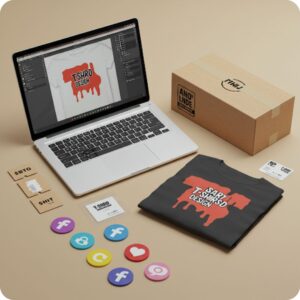 Knowing Your Tribe: The Secret Weapon
Knowing Your Tribe: The Secret Weapon
First things first: Who are you designing for?
Think about your target audience.
Are they gamers, bookworms, fitness fanatics, or something else entirely?
Understanding their interests, humor, and style is like having a secret weapon. It allows you to create designs that resonate deeply, turning casual browsers into loyal customers.
Less is Often More: The Power of Simplicity
Ever heard of "less is more"? It's especially true in t-shirt design. While intricate artwork can be impressive, sometimes a simple, well-executed design is even more impactful. Think about those iconic t-shirts that are instantly recognizable – often, they're the simplest ones.
Design 101: A Crash Course for T-Shirt Designers
Now, let's talk design fundamentals. Even a basic understanding of typography (choosing the right fonts), color theory (how colors work together), and layout (arranging your elements) can elevate your designs from amateur to pro. These are the building blocks of visual communication, so a little knowledge goes a long way.
Trending Now: Keeping Your Finger on the Pulse
Staying on top of current t-shirt trends is like knowing what's cool before everyone else does. It helps you create designs that are relevant and in demand. But a word of caution: Don't just blindly follow every fleeting fad. Stick to trends that align with your brand and target audience.
Pixel Perfect: The Importance of High-Quality Graphics
Imagine your awesome design printed on a t-shirt, only to look blurry and pixelated. Not a good look, right? That's why high-quality graphics are essential. Use high-resolution images and vector graphics whenever possible to ensure crisp, clear prints that do your design justice.
Placement Matters: Where to Put Your Design
Think about where your design will live on the t-shirt. Front and center? Subtle on the sleeve? Bold across the back? The placement and size of your design can make a huge difference in how it's perceived.
The Testing Ground: Getting Feedback
Before you launch a new design, get some feedback! Show it to friends, family, or better yet, your target audience. Their opinions can help you identify any potential issues and make improvements before it's too late.
The Legal Stuff: Copyright and Trademarks
A quick but crucial point: Always respect copyright and trademarks. Don't use someone else's artwork or logos without permission. It's not only unethical, but it can also land you in legal trouble.
Design Tools of the Trade: Your Creative Arsenal
Ready to bring your designs to life? There are tons of great design tools and resources out there. From free options like Canva to industry-standard software like Adobe Illustrator and Photoshop, find the tools that fit your style and budget.
Setting Up Your Print on Demand T-shirt Store: Your Digital Storefront
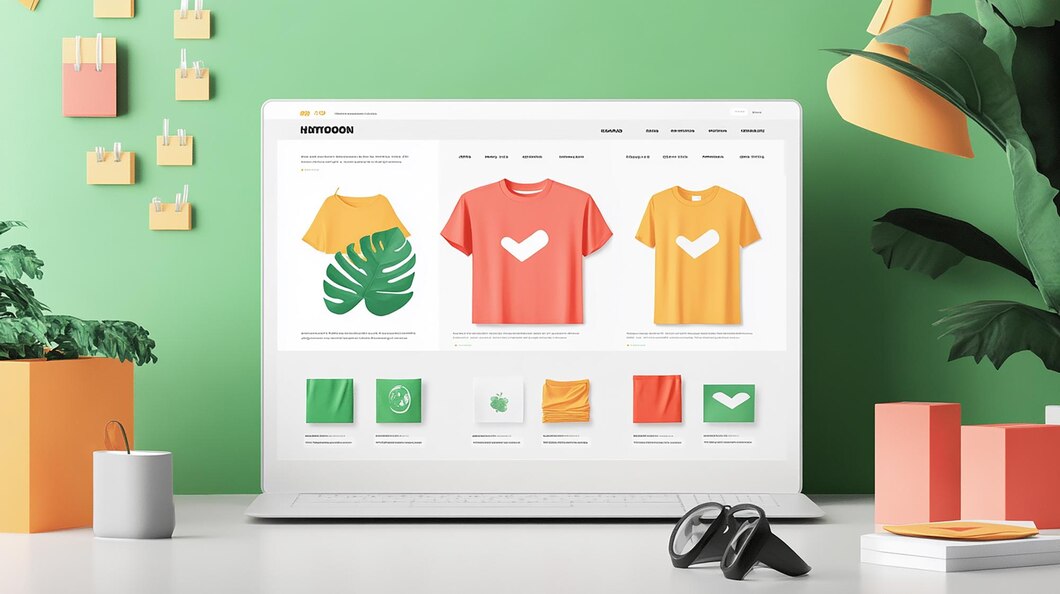

1. Choose Your Foundation - Build Your Print on Demand T-shirt Website
Your online store needs a solid foundation. This means selecting the right e-commerce platform. Think of it as choosing the perfect location for your brick-and-mortar store. Here are a few popular options:
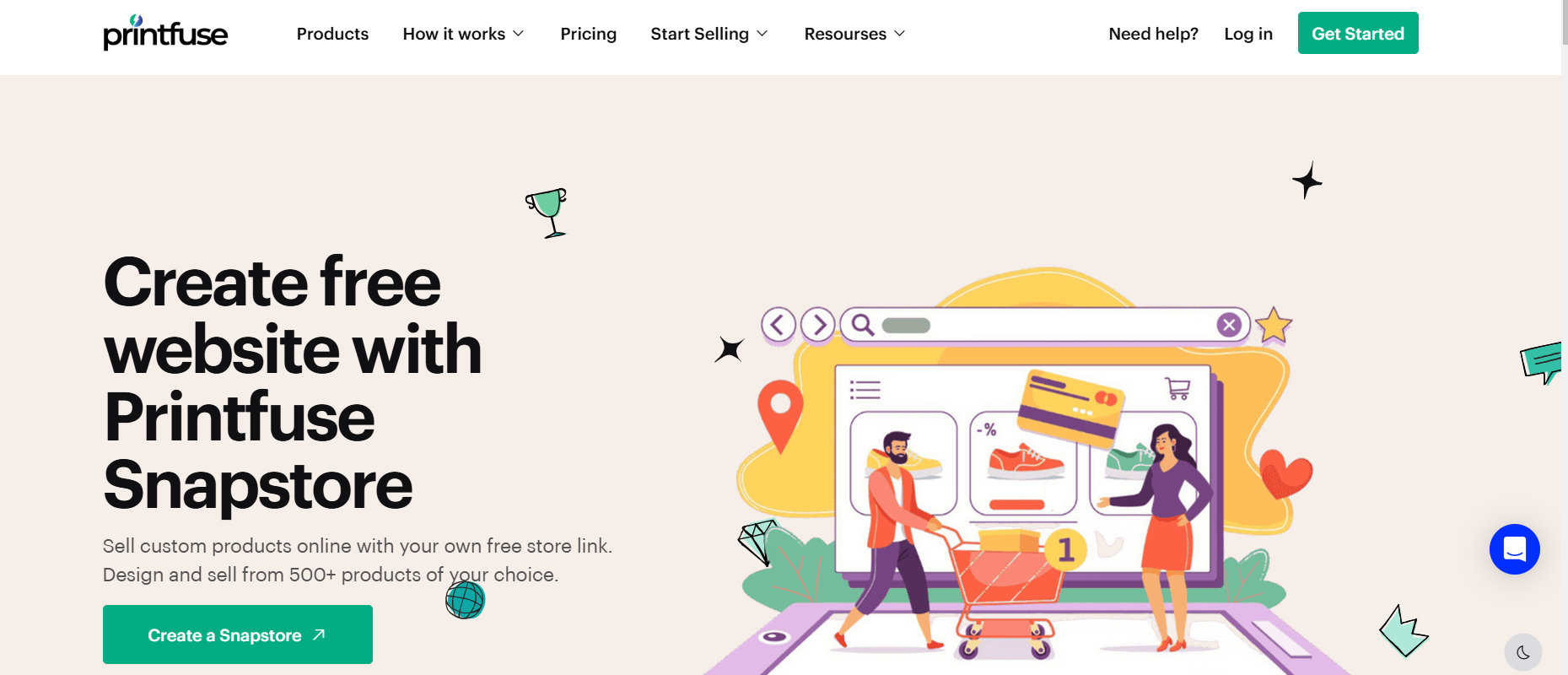

Shopify: User-friendly and packed with features, Shopify is a great choice for beginners and experienced sellers. It's like renting a ready-to-go storefront.
Zohocommerce: A robust platform with advanced features, Zohocommerce is ideal for businesses looking to scale. It's like building your own department store.
WooCommerce: For those who like to tinker and customize, WooCommerce (a WordPress plugin) offers more control. It's like building your own store from the ground up.
Consider your tech skills, budget, and target audience when choosing your platform.
2. Craft Your Brand Story
Your brand is more than just a logo – it's the heart and soul of your business. It's what makes you unique and connects with your customers. Think about your brand's personality, values, and what makes your t-shirts special.
This will inform everything from your store name and logo to your product descriptions and marketing materials. It's like defining the unique character of your store.
3. Showcase Your Style
Now it's time to bring your store to life! This involves customizing your chosen platform, uploading high-quality product photos, and creating a user-friendly shopping experience.
Design Matters: Choose a theme or template that reflects your brand aesthetic.
Picture Perfect: Invest in professional-looking photos that showcase your t-shirt designs in their best light. Lifestyle shots are a great way to show your t-shirts in action.
Easy Navigation: Organize your products into categories and make it easy for customers to find what they're looking for.
Mobile-Friendly: Ensure your store looks great and functions flawlessly on all devices, especially smartphones.
By focusing on these three key steps, you can create an online store that not only looks professional but also attracts customers and drives sales.


Start selling custom products online with Printfuse.
Create a snapstore and sell products instantly!
Marketing Your Print on Demand T-Shirts: Conquer the Market
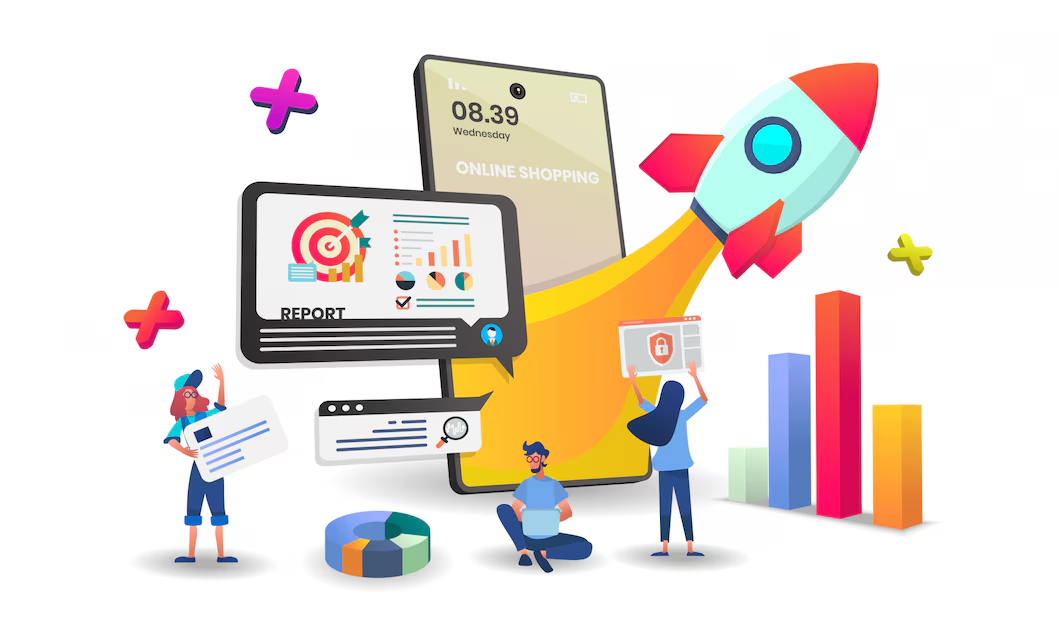

1. Meta Ads (Facebook & Instagram): Precision Targeting
Meta Ads, encompassing Facebook and Instagram, are indispensable for connecting with your ideal customer. The platform's granular targeting options allow you to reach specific demographics, interests, behaviors, and even lookalike audiences—people who share characteristics with your existing customers.
This precision ensures your ads are seen by those most likely to be interested in your t-shirts. Furthermore, retargeting campaigns are essential for re-engaging website visitors who browsed your products but didn't make a purchase.
Remind them of what they missed and offer incentives to return. Dynamic product ads take personalization a step further by automatically showing ads featuring products that are most relevant to each individual user, based on their browsing history.
2. Google Ads: Capturing Active Searchers
Google Ads are crucial for capturing customers actively searching for t-shirts like yours. Search campaigns allow you to target keywords related to your t-shirt niche, ensuring your ads are shown to people searching for those specific terms.
Shopping campaigns provide a visually appealing way to list your t-shirts directly in Google Shopping results, making it easy for customers to see your products and click through to your store.
Remarketing campaigns on Google help you re-engage users who have previously visited your website or interacted with your brand, keeping your t-shirts top-of-mind.
3. Facebook Ads: Building Brand Awareness & Driving Sales
Facebook Ads are effective for both building brand awareness and driving direct sales. Engaging content is key: create eye-catching ads with high-quality images and videos that showcase your t-shirts and brand personality.
Leverage Facebook's lookalike audience feature to target users who are similar to your existing customers, expanding your reach to potential buyers. Optimize your ads for conversions (purchases) to maximize your return on investment and drive sales.
4. Social Media Content: Engaging Your Audience
High-quality social media content is essential for building a thriving community and attracting organic traffic.
Visual storytelling is paramount: use compelling visuals to showcase your t-shirts and tell the story behind your brand. Interactive content, such as polls, quizzes, and Q&A sessions, keeps your audience engaged and encourages participation.
User-generated content (UGC) is invaluable: encourage customers to share photos of themselves wearing your t-shirts and repost their content. This serves as powerful social proof and builds trust in your brand.
5. Influencer Marketing: Amplifying Your Reach
Influencer marketing can significantly expand your reach and introduce your t-shirts to a new, receptive audience. Focus on niche influencers who are genuinely relevant to your target market.
Authentic collaborations are crucial: create genuine content that resonates with the influencer's audience, going beyond simple product placements. Track the performance of your influencer campaigns to see what works best and refine your strategy over time.
6. Performance Marketing: Data-Driven Optimization
Performance marketing is all about tracking your results and optimizing your campaigns based on data. Identify your key performance indicators (KPIs), the metrics that matter most to your business, such as website traffic, conversion rate, and customer acquisition cost.
A/B testing is essential: experiment with different ad creatives, targeting options, and landing pages to see what performs best. Regularly analyze your data to identify trends and make informed decisions about your marketing strategy.
7. Other Effective Strategies (Supporting Roles):
Content Marketing: Establish yourself as a t-shirt expert by creating valuable content like style guides and trend reports. Share your brand story to connect with your audience on a deeper level.
Email Marketing: Build a loyal following by offering exclusive content and personalized email campaigns. Automate your email sequences to nurture leads and drive sales.
Community Building: Foster a sense of belonging by running contests, creating a Facebook group, and partnering on community challenges. Turn customers into brand ambassadors.
Collaborations: Expand your reach by cross-promoting with complementary brands and creating joint ventures with other designers. Tap into new audiences and create exciting products.
Search Engine Optimization (SEO): Attract organic traffic by conducting keyword research, optimizing your product listings, and building high-quality backlinks. Make it easy for customers to find you.
Start Your Print on Demand T-Shirt Business with Printfuse!
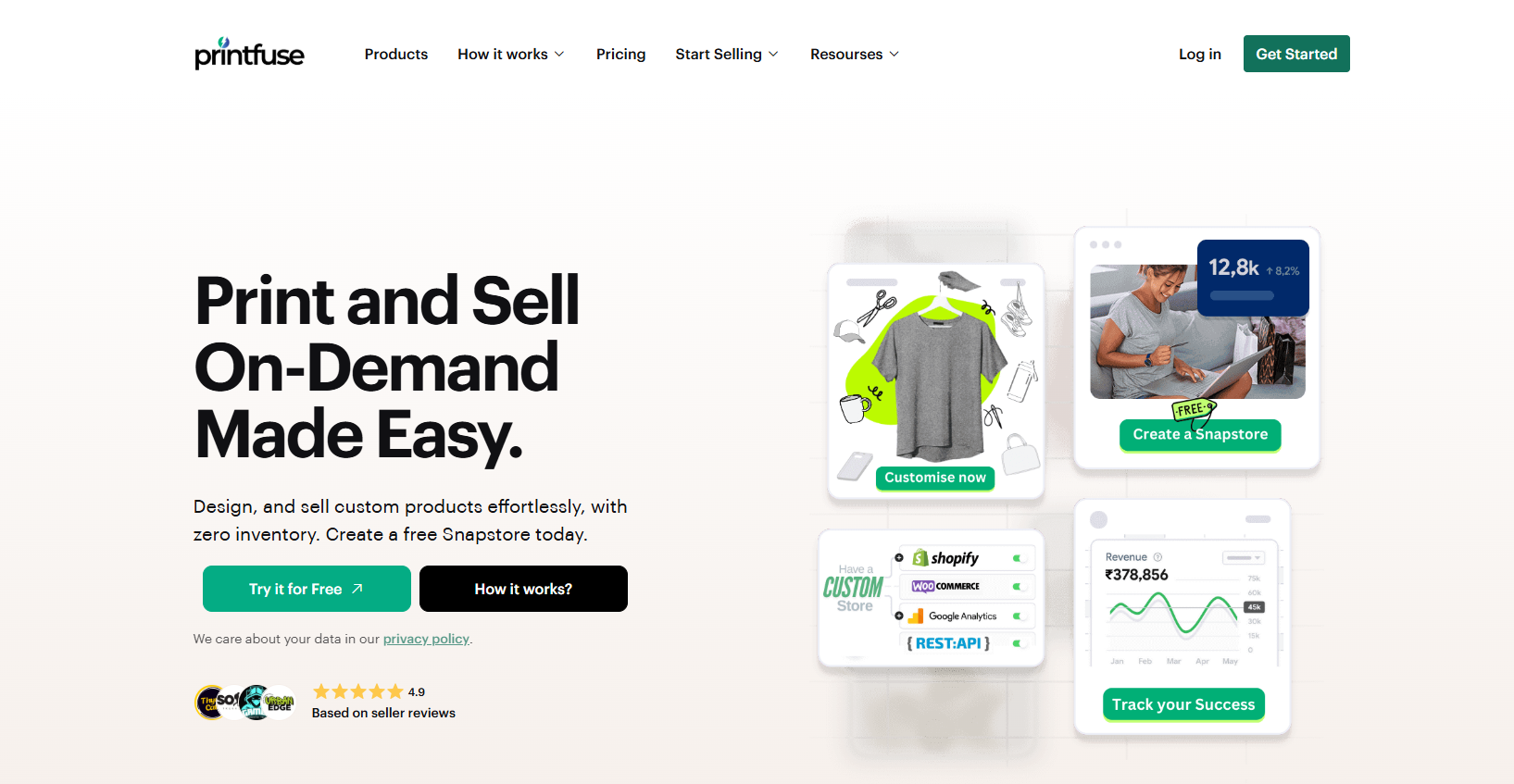

Here's why Printfuse is the perfect partner for your POD journey:
- Effortless Snapstore Setup: Get your online store up and running quickly with Printfuse's intuitive Snapstore and integration. No technical expertise required!
- Premium Quality: Printfuse uses state-of-the-art printing technology to ensure your designs are vibrant, durable, and look their absolute best.
- Wide Selection: Choose from a vast array of t-shirt styles, colors, and sizes to offer your customers the perfect fit. They also offer other print-on-demand products, allowing you to expand your product line.
- Seamless Integration: Easily integrate Printfuse with your existing e-commerce platform or create a new store from scratch.
- Competitive Pricing: Maximize your profits with Printfuse's competitive pricing structure.
- Reliable Fulfillment: Focus on your designs and marketing while Printfuse handles the printing, packaging, and shipping, ensuring your customers receive their orders promptly and professionally.
- Dedicated Support: Printfuse provides dedicated customer support to assist you every step of the way.
Don't wait any longer! Visit Printfuse today and start building your t-shirt empire. [Link to Printfuse website]
Conclusion
Whether you're an artist looking to monetize your designs, an entrepreneur testing a new business idea, or simply someone with a passion for creating wearable art, print-on-demand offers a clear path to success.
Remember, building a successful print-on-demand t-shirt business requires a blend of creativity, business savvy, and persistence. Don't be afraid to experiment, adapt to change, and always prioritize your customers.
The t-shirt industry is competitive, but with the right approach and a dash of entrepreneurial spirit, you can build a thriving brand and turn your t-shirt dreams into a reality.
So, what are you waiting for? Take the first step today. Start designing, start creating, and start selling. Your print-on-demand t-shirt success story starts now!
Frequently Asked Questions
-
How do I sell print-on-demand t-shirts?
Design, choose a POD provider (like Printfuse and Printfuse powered Snapstore), connect to your online store (Shopify, Woocommerce, ZohoCommerce, etc.), market your designs, and the provider prints and ships orders.
-
How do I start a print-on-demand t-shirt WooCommerce store?
Set up WordPress, install WooCommerce, choose a POD provider that integrates (check Printfuse), connect your store, upload designs, and market.
-
How much does print-on-demand t-shirt printing cost?
There is no cost to start a print on demand t-shirts business with Printfuse. Other costs vary by t-shirt type, print size, and provider pricing. Contact Printfuse to get started
-
How much can I earn from print-on-demand t-shirts?
Earnings depend on sales, pricing, and marketing. Calculate profit by subtracting provider costs (t-shirt, print, shipping) from your selling price.
-
Which print-on-demand t-shirt service is best in India?
The "best" service depends on your needs. Consider product quality, printing, pricing, India shipping, support, and platform integration. Research providers to find your fit. Checkout Printfuse to start selling for free using Snapstore
Read More


Start selling custom products online with Printfuse.
Create a snapstore and sell products instantly!
